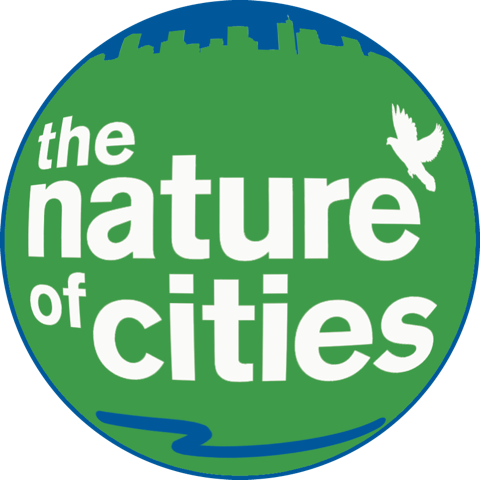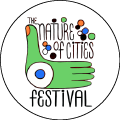21 June 2015
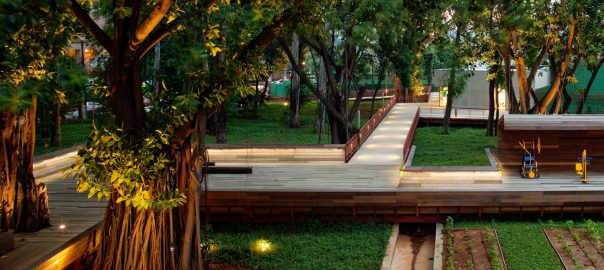
“Quem é rico anda em burrico Quem é pobre anda a pé Mas o pobre vê na estrada O orvalho beijando as frô… …Vai oiando as coisa a grané Coisas que prá modo de vê O cristão tem que andá a pé…” —Estrada de Canindé, Luiz Gonzaga “The rich travel by...
0 Comment(s)Join our Conversation
17 June 2015
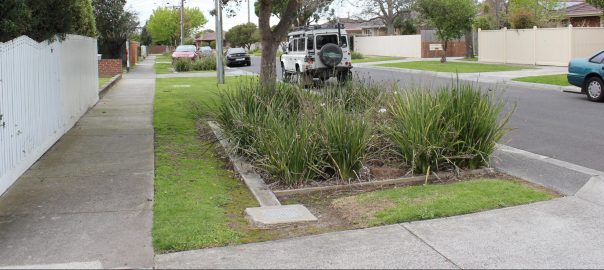
On a tree-lined boulevard that leads to the central business district of Melbourne lies a building that trains performers. Few would know that the landscape surrounding the Victorian College of the Arts is also performing. This is one site among many in the city of Melbourne and its suburbs that...
3 Comment(s)Join our Conversation
14 June 2015
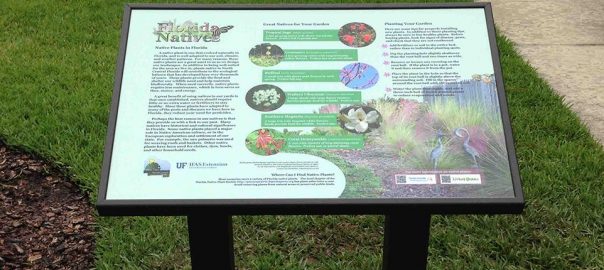
If you are like me, when walking in some neighborhoods, you see the endless yards of turfgrass and exotic plants and you think to yourself, “How can I reach people to change their landscaping practices?” Or you may see natural areas impacted by nearby urban areas, such as ATV vehicles...
4 Comment(s)Join our Conversation
11 June 2015
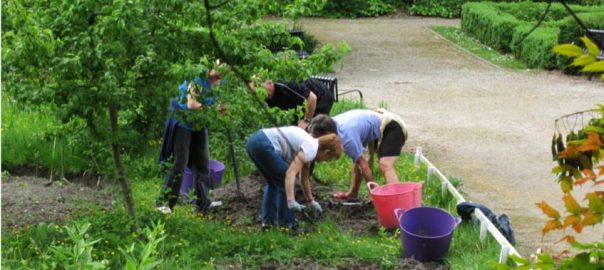
A review of Start a Community Food Garden: The Essential Handbook, by LaManda Joy. 2014. ISBN-10: 160469484X. ISBN-13: 9781604694840. Timber Press, Portland. 224 pages. Start a Community Food Garden: The Essential Handbook is exactly that. This comprehensive resource is perfect for backyard gardeners wanting to go communal, community organizers wanting to impact their...
0 Comment(s)Join our Conversation
7 June 2015
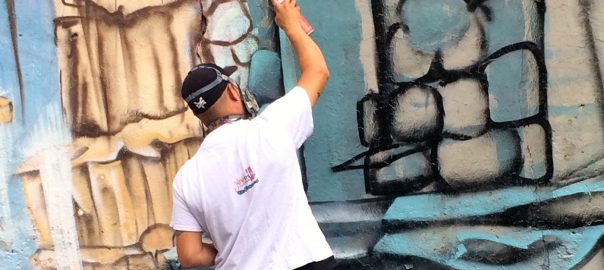
(Una versión en español sigue inmediatamente después de la versión en Inglés.) Urban green areas and public spaces are key elements in urban infrastructure, mitigating environmental challenges, fulfilling social functions, and contributing to the ecosystems of the surrounding region. In Bogota, the concept of the Ecological Network (Van der Hammen...
4 Comment(s)Join our Conversation
5 June 2015
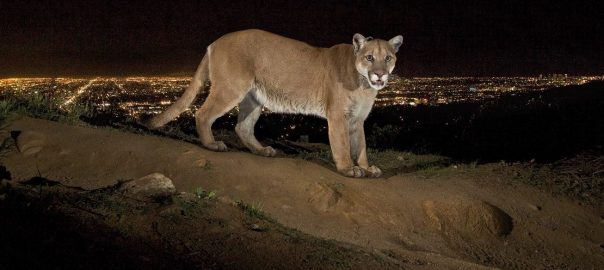
A review of Feral Cities: Adventures with Animals in the Urban Jungle, by Tristan Donovan. 2015. ISBN: 978-1-56976-067-3. Chicago Review Press, Inc., Chicago. 256 pages. From red foxes in London and wild boars in Berlin to cockroaches in New York City and slugs in Miami, Feral Cities is full of...
4 Comment(s)Join our Conversation
3 June 2015
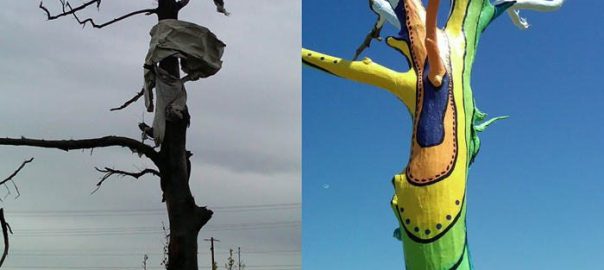
On May 22, 2011, a devastating EF-5 tornado forever changed the Midwestern cities of Joplin and Duquesne. The tornado was ½ mile to ¾ of a mile wide and traveled nearly thirteen miles, with winds estimated at 200 mph. The tornado took 161 lives and destroyed homes, businesses, churches, hospitals,...
0 Comment(s)Join our Conversation
31 May 2015
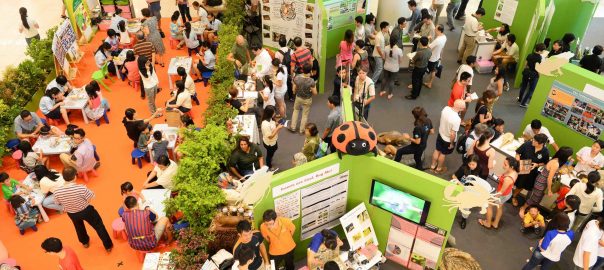
In an increasingly urbanised world, there is a growing disconnect between the people who live in cities and the natural environment. Urbanites tend to have less contact with natural habitats and biodiversity than their country or rural counterparts, and in some cases have been known to develop a disinterest or...
2 Comment(s)Join our Conversation
27 May 2015
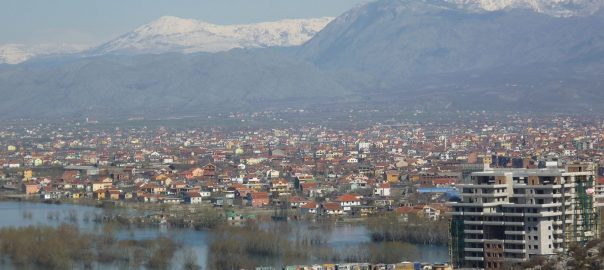
Seek the silent places where no jarring sound is heard and nothing breaks the stillness but the singing of a bird. Nature tells her secrets not to those who hurry by, but to those who walk with quiet heart and seeing eye. —Chinese proverb I recently discovered that the word...
3 Comment(s)Join our Conversation
26 May 2015
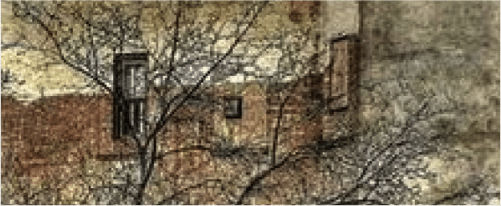
A review of Still the Same Hawk, edited by John Waldman. 2012. ISBN: 9780823249893. Fordham University Press, New York. 160 pages. “Dualism is the defining quality of urban nature.” Thus begins John Waldman’s introduction to Still the Same Hawk, a grab bag book of “reflections on nature and New York”...
0 Comment(s)Join our Conversation
24 May 2015

Among the many lessons learned over my decades-long career in urban conservation is that iconography matters. Icons have proven to be powerful catalysts in the conservation arena, particularly in the urban context. Salmon, for example, are the quintessential representative of the natural world throughout the Pacific Northwest in both urban and...
3 Comment(s)Join our Conversation
20 May 2015
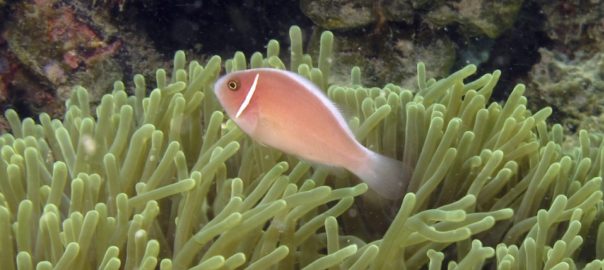
A review of Blue Urbanism: Exploring Connections between Cities and Oceans by Timothy Beatley. 2014. ISBN 13: 978-1-61091-405-5 / ISBN 10: 1-61091-405-8. Island Press, Washington. 165 pages. Timothy Beatley, a recognized environmental urbanist and planner, has recently been working on the concept of sustainable communities and resilient cities. In particular, the author’s...
0 Comment(s)Join our Conversation
20 May 2015
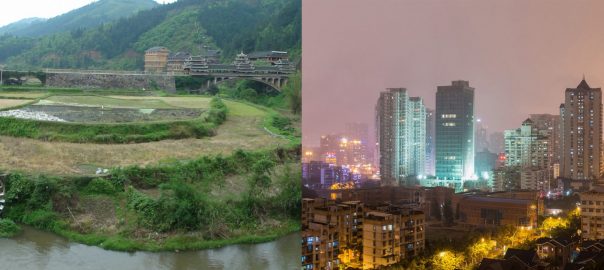
Efficient land use for urban development is crucial for limiting urban sprawl, conserving nature around a city, and improving the livability of the city itself. In China, the unprecedented speed of urbanization over the past three decades has unfortunately resulted in widespread inefficient land use, creating problems that only some...
1 Comment(s)Join our Conversation
19 May 2015
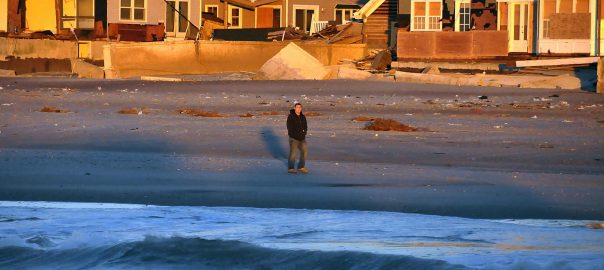
21 Comment(s)
Join our Conversation
17 May 2015
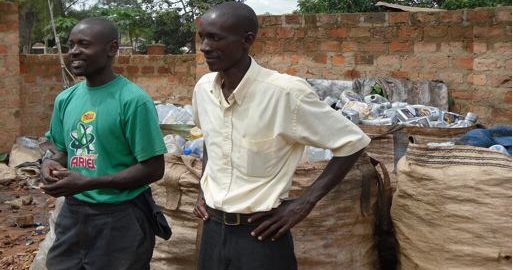
Frameworks for understanding the gendered nature of urban waste management have yet to emerge and analyses on the relationship between sustainable urban resource management and waste re-use and recycling at the neigbourhood-level are few. Those that do exist are more focused on city-level industry and infrastructure. This article illustrates how...
2 Comment(s)Join our Conversation
13 May 2015
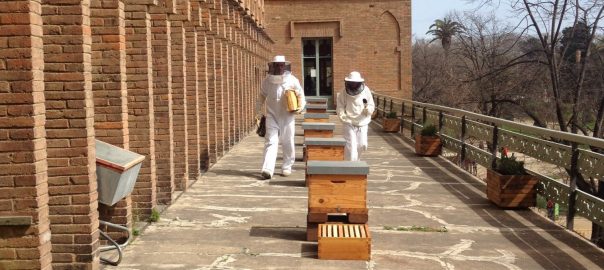
Most people would agree that honeybees need help. Concerns about their dwindling numbers and the pesticides used on the food they eat have rallied environmental activists around the save-the-bees cause. That increased awareness, combined with a host of other reasons including a movement to buy and produce local-made, organic honey,...
2 Comment(s)Join our Conversation
13 May 2015
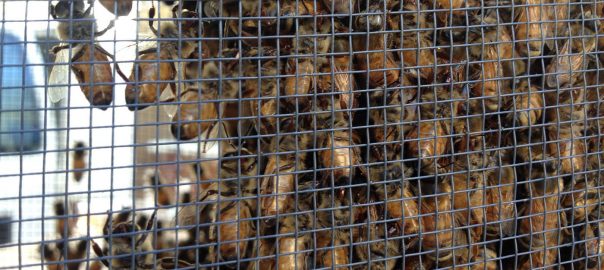
Also available at iTunes. Story notes: (See the companion essay here.) Bees have always been a part of the city landscape. But something is happening in the world today that’s making their presence more noticeable. Whether it’s because people love honey or want to better understand bee behavior or are looking for...
0 Comment(s)Join our Conversation
12 May 2015

A review of “Engagement, Education & Expectations—The Future of Parks & Protected Areas,” the George Wright Society’s 18th bi-annual conference, which took place in Oakland, California from March 29-April 3, 2015. A new energy is emerging around the importance and relevance of connecting urban dwellers with nearby nature to realize a full range of human...
0 Comment(s)Join our Conversation
10 May 2015
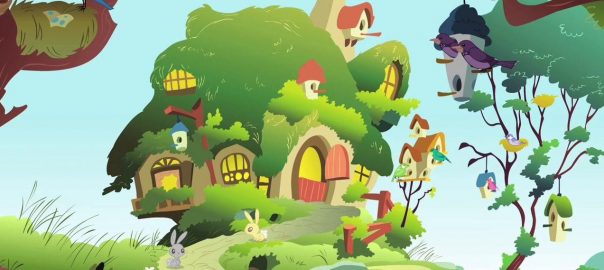
In his essay published on The Nature of Cities in 2013, Keitaro Ito asked what seems at first to be a simple question: “Where will children learn about nature?” Yet it is actually an incredibly complex question, caught up in adult ideas that romanticize both childhood and nature. Children’s understanding...
1 Comment(s)Join our Conversation
5 May 2015
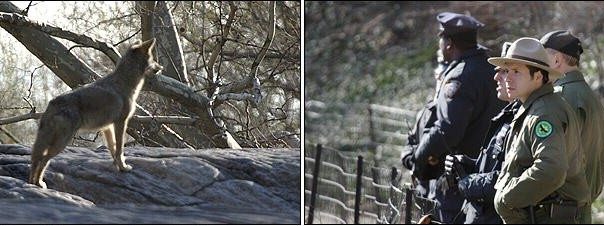
Thanks to a bunch of canny coyotes doing what coyotes do, we have recently been reminded of the increasing presence of nature in cities and the human interaction with nature, both in New York City and other cities. And these lessons are applicable not just to the many cities where...
0 Comment(s)Join our Conversation

